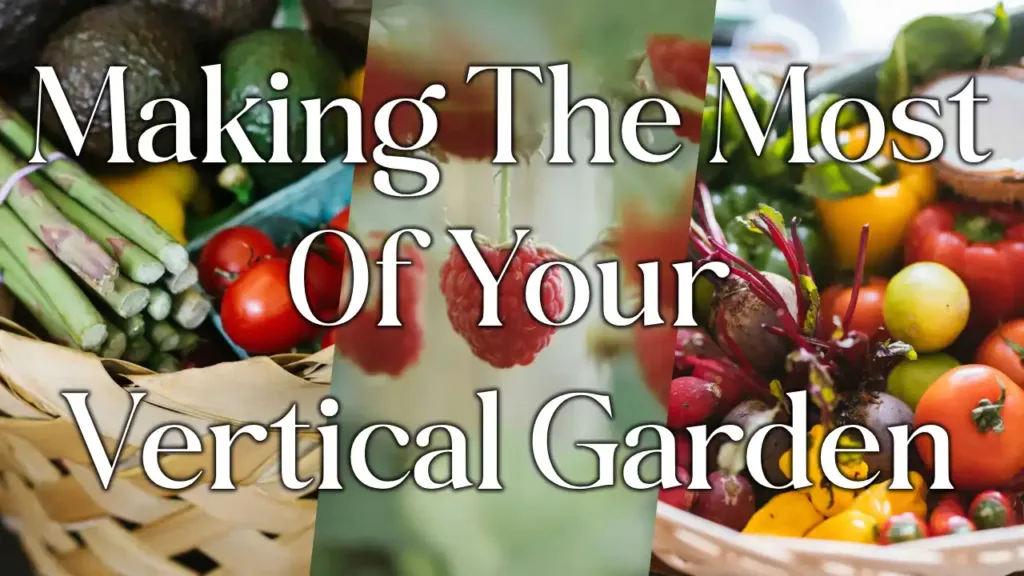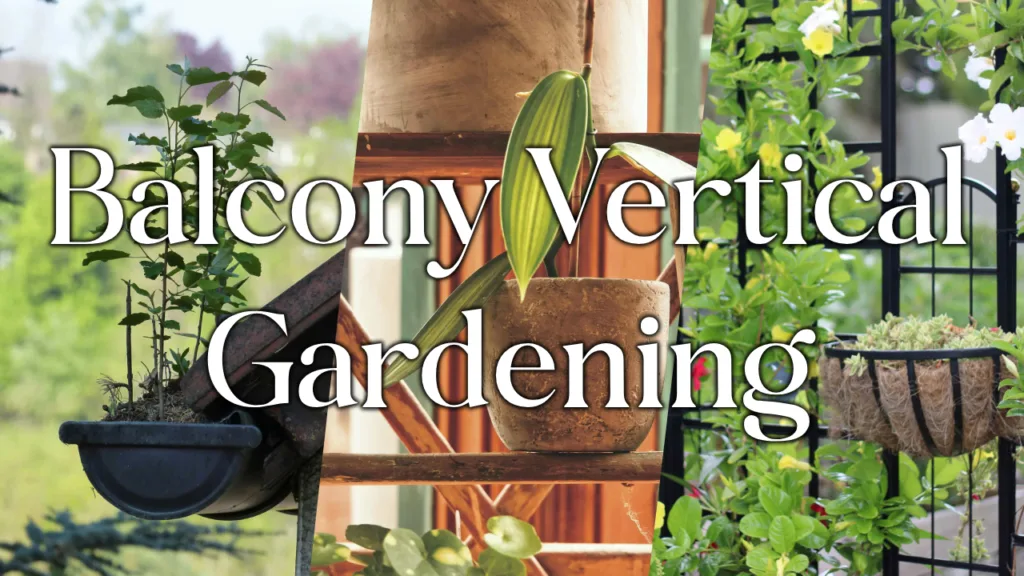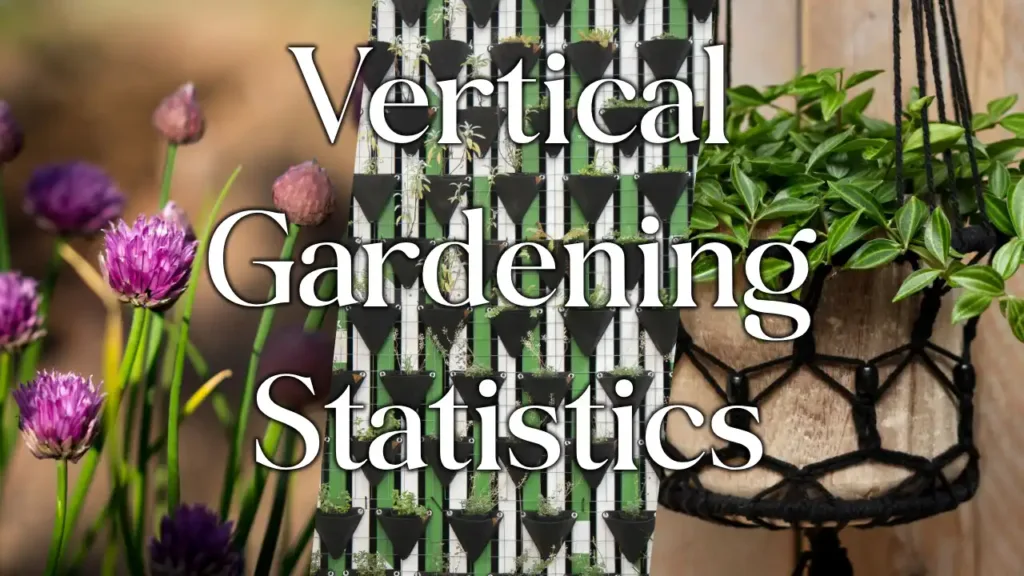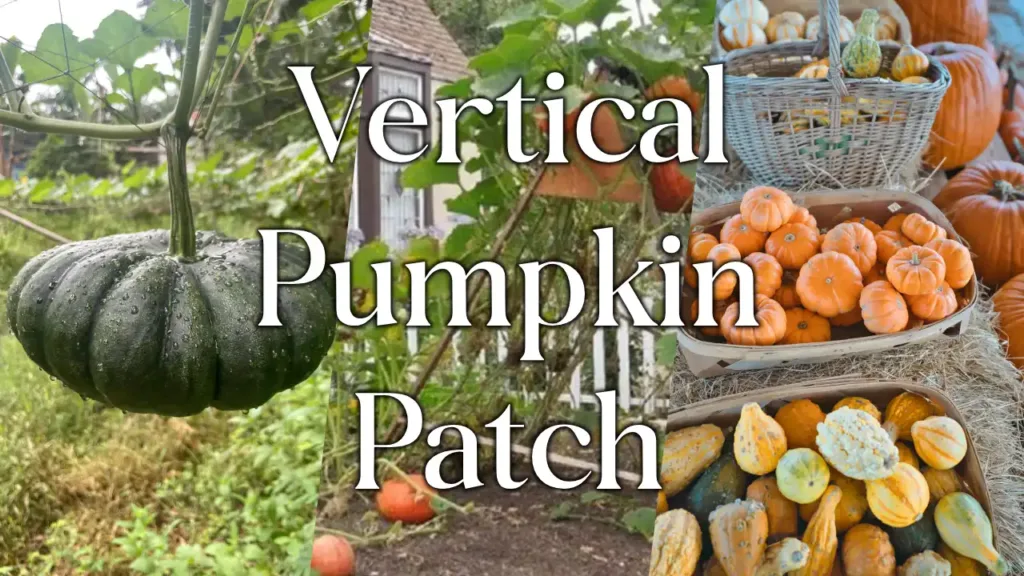Vertical gardening is a great way to maximise the produce you can grow in your garden, no matter what size your space is. Whether you’re working with a small balcony, a tiny backyard, or even an indoor wall, vertical gardening can be used to create a productive and beautiful space.
As a vertical garden lover myself, I’m going to show you how much you can reasonably expect your vertical garden to produce, as well as how you can optimise your garden to produce the highest yield. If you’re looking to get started with vertical gardening, then I’d recommend reading this article in tandem with our beginner’s guide to vertical gardening.
Contents
How Much Produce Can Your Vertical Garden Produce?
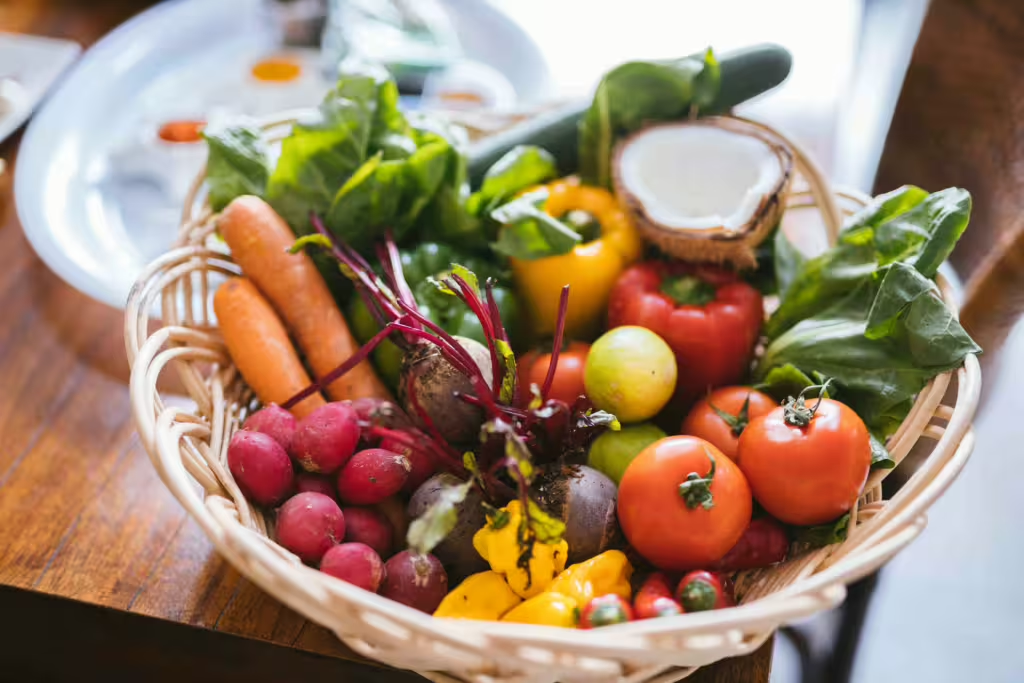
With the statistics saying that vertical gardening produces between 50 and 100 times more than standard farming, you might be interest to know how much your garden can produce. While the answer obviously varies depending on the size and setup of your space, I’ve found that a typical small-scale vertical garden can produce:
- Enough herbs to flavour several meals a week
- Several salads each week throughout the summer
- A small bowlful of berries every few days in the peak season
- A steady supply of tomatoes for snacks and salads
- Enough vegetables to use in cooking weekly
So, while a small-scale vertical garden won’t be enough to provide fresh ingredients for a family year-round, it can definitely reduce your shopping bill and give you a good yield throughout the summer months, making it 100% worth it in my book.
But how do you maximise the yield that your vertical garden produces? Let’s cover that now.
Choosing the Right Plants for Vertical Gardens
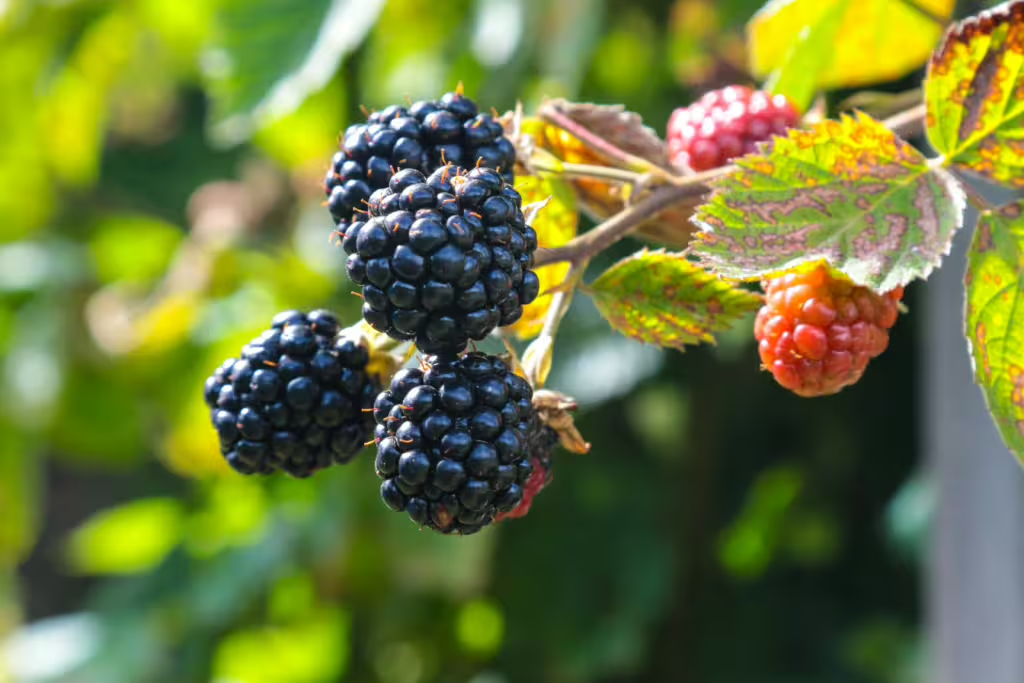
From my experience, the most important thing to consider when maximising the yield of your vertical garden is the types of plants that you buy. Certain varieties thrive in tightly packed vertical gardens, whereas others can become more prone to failure or disease.
Below I’ve listed some plants that grow well in vertical gardens and produce a lot for you to harvest.
- Herbs (e.g. Basil, Mint, Thyme, and Rosemary): These herbs are compact, and a little goes a long way in the kitchen. In a vertical garden, you can expect to grow a good variety in a very small area, meaning that you’ve got lots of h choice to season your meals with.
- Leafy Greens (e.g. Lettuce, Spinach, Kale, and Chard): Leafy greens are also great to grow in vertical gardens due to their incredibly quick growth. With just a small amount of space dedicated to them, you can easily expect to harvest 2-3 times per week throughout the summer.
- Strawberries: Not only are they delicious, but they’re also incredible plants for your vertical garden, taking up very little room for the amount of produce you can get. With around 7 strawberry plants, you can expect a small but steady supply to last you through the summer.
- Tomatoes: Another country garden classic, tomatoes are a great addition to any vertical garden, giving plenty of fruit for their small size. I grow tomatoes in a small hanging basket every year and they never disappoint with the amount of produce that they yield.
- Climbing Plants (e.g. Beans, Peas and Cucumbers): These vining plants are a great addition for your vertical garden as they’re already well adapted for growing upwards. Simply plant them at the base of your vertical gardening structure and watch as they grow throughout the year and provide an abundant harvest.
Tips for Maximising Yield
While I’ve found that carefully choosing the right plants for your vertical garden is the number 1 way to increase yield, there are a few other things to consider to get the most out of your space.
- Light: Almost all plants that bear fruit and vegetables need lots of light to produce an abundant yield, so it’s really important to put your vertical gardening setup in the sunniest space in your plot.
- Containers: Use containers that are deep enough to accommodate the root systems of your plants. Shallow pots work really well for herbs and leafy greens, but if you’re growing larger plants, then I’d recommend a deeper pot to help it to grow to its full potential. You can learn more about choosing the right type of container for your space by clicking here if you’d like to learn more.
- Regular Watering: Vertical gardens lose water much more quickly than your standard garden, making it even more important that you regularly water your plot – at least once per day from my experience. If this sounds like a struggle, I’d recommend buying a cheap drip irrigation system to keep your plants well hydrated.
- Succession Planting: Succession planting is where you sow new crops in the soil immediately after you harvest to make the most of every inch of space in your vertical garden. I’d highly recommend this if you’re looking to make the most out of your vertical garden, as any time where there’s not a crop in your soil is wasted growing time!
Final Thoughts
Vertical gardening is a fantastic way to grow your own food no matter what type of space you have. Whether you want to grow fruit, vegetables, berries or flowers, by following these tips you can maximise your yield and enjoy fresh produce all season long.
If you’d like to explore how you can create a vertical garden on your fence, then click here. Otherwise, take a look at our top fruit and vegetables to grow in your vertical garden.

